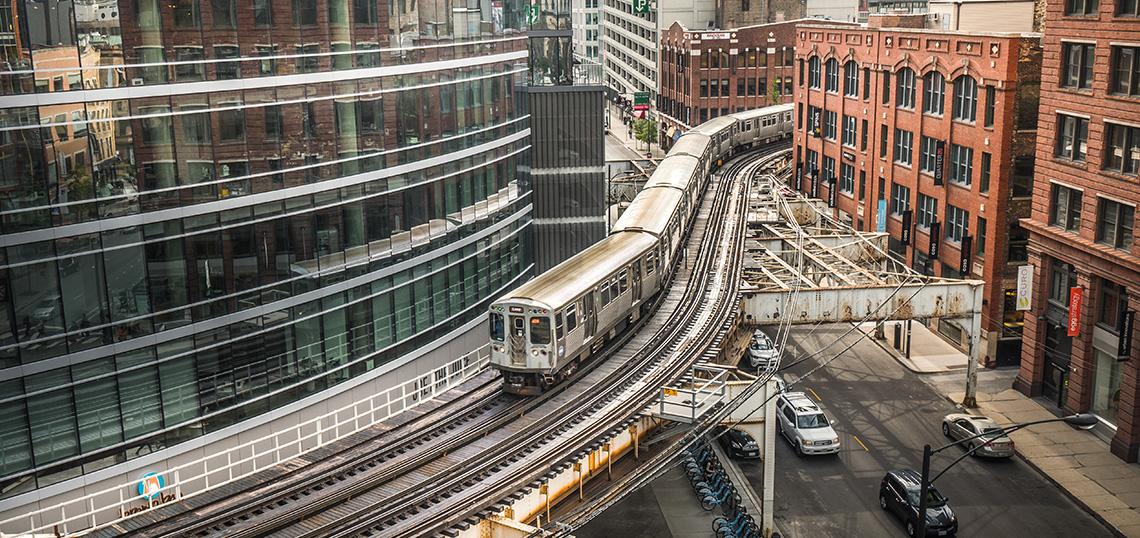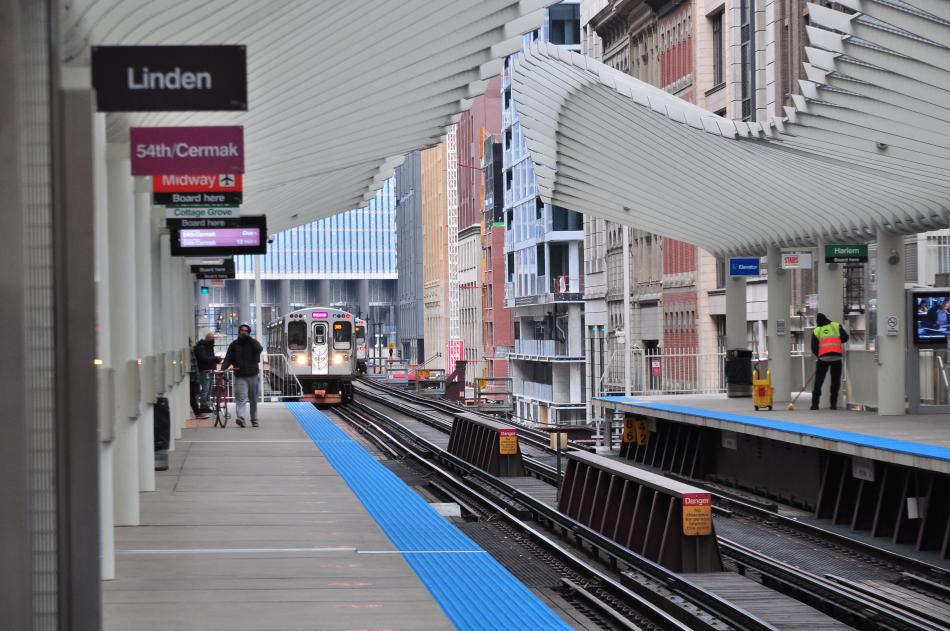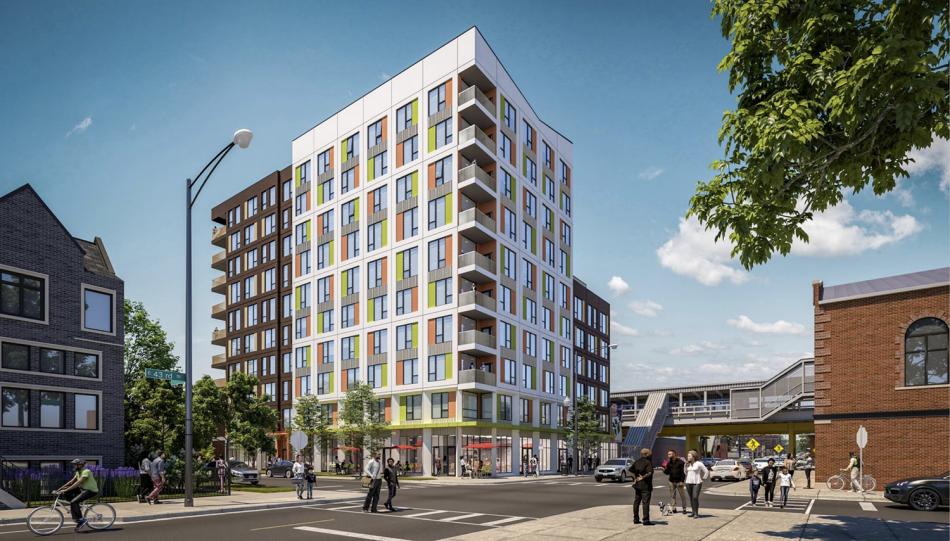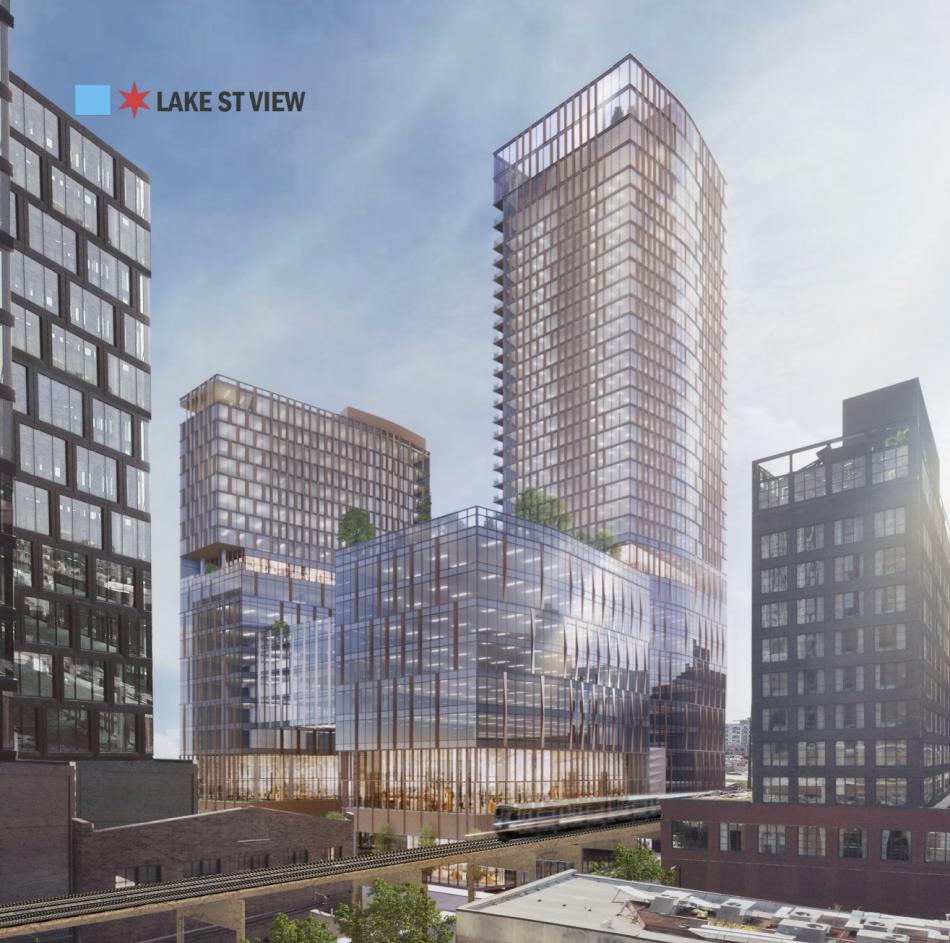Mayor Lori Lightfoot has introduced to City Council a new measure to improve the City’s zoning code and create jobs by removing barriers and catalyzing investment in walkable and vibrant neighborhoods with affordable housing options near transit. The Connected Communities Ordinance, drafted in partnership with Elevated Chicago and over 80 civic and community stakeholders, will create more connected and equitable communities around Chicago’s vast public transit options, which includes the nation’s second largest public transit system, the Chicago Transit Authority (CTA).
Every Chicagoan deserves to live in a safe, walkable, and vibrant community connected to transit, yet the wealthier parts of the city have benefited the most from Chicago’s transit-oriented development (TOD) policy. A 2020 analysis of developments that accessed TOD incentives between 2016 and 2019 reveals that 90% of TOD projects were constructed on the North Side, Northwest Side, in Downtown and around the West Loop. A key goal of the Connected Communities Ordinance is facilitating more investment near transit on the South and West sides of the city while preventing displacement and promoting affordable housing options in transit-rich communities on the North and Northwest sides.
To look into the details, we at Urbanize Chicago combed through the ordinance so you don’t have to! Here are some of the significant takeaways we found:
- The first and most noteworthy change is the expansion of the TOD radius, expanding the distance from 1/4 mile for CTA and Metra stations to 1/2 mile. For CTA buses, the TOD radius will be 1/4 mile and the list of qualifying bus corridors have been increased significantly.
- Under the new ordinance, if the Committee on Zoning does not take action on an affordable zoning application or Planned Development within 180 days, the applicant can force a vote. If not voted on within 60 days an automatic “do pass” recommendation will be automatically sent to City Council.
- In zoning districts RM-5, RM-5.5, RM-6, RM-6.5, B, C, D, M, and PMD subarea B, minimum off-street parking ratios can be reduced up to 100% when in the newly expanded TOD radius.
- Considering bike parking, residential buildings within the newly expanded TOD radius must contain one bike parking spot per dwelling unit, while non-residential units within TOD must provide one bike parking spot per two car parking spots required.
- An interesting inclusion is that if planned developments which are within TOD and maximize their MLA and FAR reduce their parking beyond 50%, the applicant can replace square footage from the removed parking with more floor area for on-site affordable square footage at a 1:1 ratio.
- Solar panels in all zoning districts can exceed the maximum building height allowed per zoning as long as they don't extend beyond the roof.
- The floor area of stairwells, elevators, and elevator mechanical penthouses will not be counted in FAR calculations.
- Limits on efficiency units will not apply for elderly housing and developments that are within 660 feet of a CTA or Metra rail station or CTA bus corridor.
- All projects in B, C, and D districts within the new TOD radius can increase their FAR and use reduced MLA standards based on a rate linked to how much of the ARO obligation is fulfilled on-site.
- Within inclusionary housing areas, TOD projects in RS-1, RS-2, and RS-3 can use bulk and density standards of RT-4 if they have at least 3 dwelling units.
- Ground floor accessible units are exempted from inclusion in MLA and FAR calculations in RS-3, RS-3.5, and RT-4.
- Detached houses are prohibited in RT and RM districts that are within community preservation areas or within inclusionary housing areas, except in RT districts where two flats cannot be established. As well, two flats would be prohibited in RM districts in community preservation areas and inclusionary housing areas, except where multi-unit buildings cannot be provided.
The Connected Communities Ordnance is part of Mayor Lightfoot’s commitment to the creation and preservation of affordable housing, especially on the South and West Sides of the City, and around transit.









